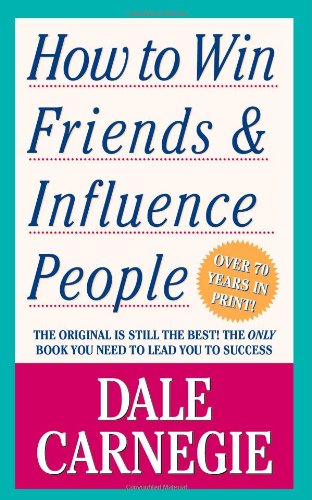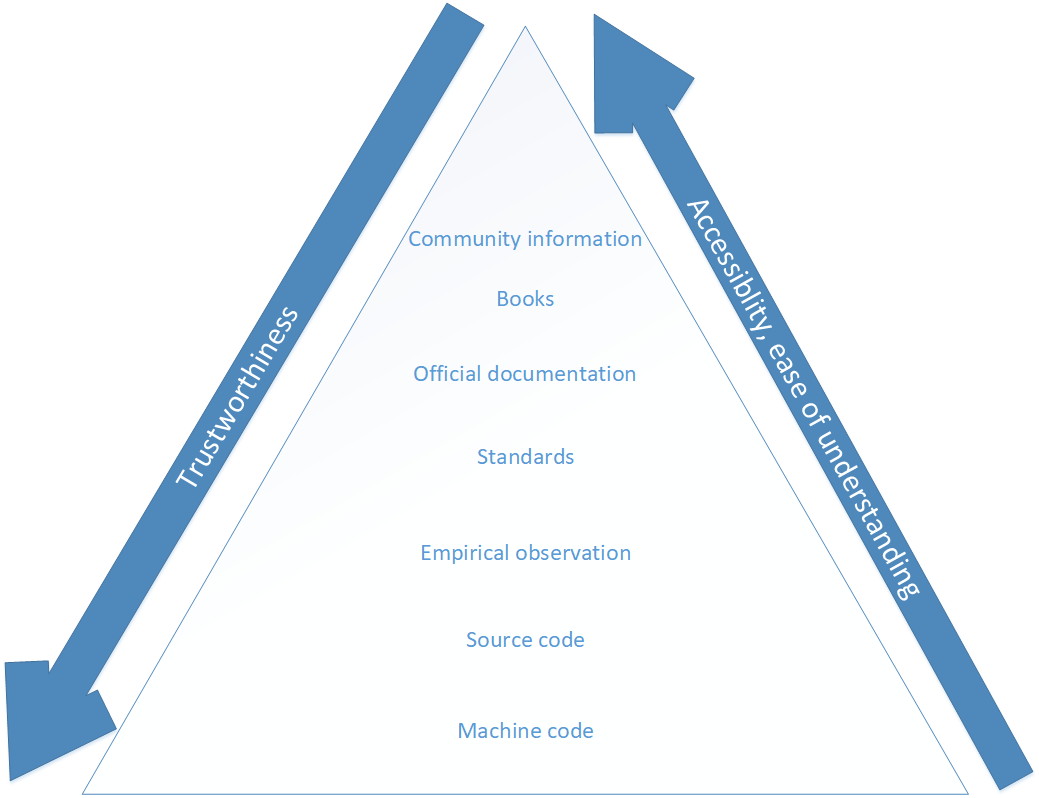 Programmers and IT people are often shunned for being shy, timid, fearful, or just in general – we are being thought of someone who have no social (soft) skills. If you can in any way identify with this sentiment – you definitely would be rewarded deeply for reading this book and implementing the suggested tips in your own life. But let us start at the beginning – who is the author, who is he known for, and so on, and then I will tell you why you should deliciously digest this book.
Programmers and IT people are often shunned for being shy, timid, fearful, or just in general – we are being thought of someone who have no social (soft) skills. If you can in any way identify with this sentiment – you definitely would be rewarded deeply for reading this book and implementing the suggested tips in your own life. But let us start at the beginning – who is the author, who is he known for, and so on, and then I will tell you why you should deliciously digest this book.
First of all, Dale Carnegie is an innovator of a new genre of books that are called “self-help” books these days. Such books feature short chapters with a life lesson at the end of them. This makes it very approachable for programmers who might have a short attention span or not have much energy, or time after programming for the whole day. It is worth mentioning that Carnegie was so popular and known that even Warren Buffett, a well known businessman, used to hang (or still does) on his wall a certificate that he finished his courses when Carnegie was still around. So if it appeals to people like Warren Buffett very much, it would help you a lot as well. Let me introduce to you a few chapters and tell you how they would help you.
Foremost, being proficient in negotiation tactics is a very useful and critical skill for everyone, not just salesmen and managers. We, as programmers, are sometimes shy, undervalue ourselves when looking for a job and do not ask for a proper wage. This work of art will help you get rid of that imposer’s feeling. I think that understanding the critical people skills presented in this publication and implementing them in your real life will deeply change your understanding of human interaction mechanics. Negotiation is essential when you are trying to make another person think like you. This is why Carnegie aptly named a chapter “Twelve Ways to Win People to Your Way of Thinking” which is dedicated to teaching you methods how to achieve this goal. For example, you probably never thought about the technique to “let the other person feel like that idea is his or hers”. Presenting an idea to someone like it was thought by themselves makes them more likely to accept it because that person feels like it is theirs. There are even 11 more ways presented in “How to Win Friends and Influence People”. This kind of advice is what makes this book great and they are all useful to you as a programmer. Hopefully, learning them will give a rise to having your wage substantially increased.
Furthermore, one thing for sure is that programmers are notorious for being egoistic. I feel that this book teaches how to be a humble, understanding, and a thoughtful person. It strongly encourages to be honest and always consider all problems or thoughts from the perspective of the other person. For example, in part 2, “how to make people like you”, Dale Carnegie specifically wrote a chapter which specifically inspires you to become a good listener and encourage others to talk. Author argues, I agree and you probably too with the assertion that people like talking about themselves, about their hobbies, about their days and so on. You cannot win a person’s mind to your way of thinking without listening to them and making them feel good. Or in other words, “don’t kick over the beehive if you want the honey” which is another quote from other chapter. Thus, this book will help you kick out the bad habits that we usually have as programmers.
Not to mention the very simple, understandable English used in the book. It appeals to the layman so it is especially approachable to anyone. In general, this piece of work is not philosophic, don’t need to think much – you ought to just apply the principles explained in the book. However, it might not be for you if you are looking for deep discussion about why people behave in one or other way and about topics such as sociology. The courses organized by Dale Carnegie himself were attended by all kinds of people – from salesmen to ordinary plumbers so it had to appeal to the lowest common denominator which is that they were all normal, hard-working people who are looking to improve their social skills to furthermore reach a bigger point in their careers or to become leaders in their respective fields. Personally, I think that this perfectly OK for books like these and reduces the list of reasons why you should not read this book by one more thing.
On the other hand, obviously not everything is rainbow and roses. This book has some downsides too. I thought that some examples were seriously out-dated and not applicable to the current world. For instance, in part one, “fundamental techniques of handling people”, an example is introduced of a “famous” quarrel between the two USA presidents Theodore Roosevelt and William Howard Taft. It really isn’t known at all anymore, especially it is not known for people who do not live in the USA and this just makes the reader feel like they are missing some details. Moreover, some reviews on other sites say that the examples are so bad that it is only worth reading the “in a nut-shell” sections at the end of each chapter. But I don’t think they are that bad – some of the examples are really great and illustrate the point that the author is making very well. Also, some advice seemed repetitive and just presented from the other perspective. Exempli gratia, in part three Dale Carnegie says to “Be sympathetic with the other person’s ideas and desires”. It is similar or almost identical to the advice given in part two: “Be a good listener. Encourage others to talk about themselves” . I think that being a good listener already involves sympathizing with the person that you are having a conversation with. You could find more examples of these issues. However, they are not very noticeable and do not distract from the main ideas of the book.
All in all, it is a great book for programmers. But just because of the negatives that I have listed, I would rate it a shining 9 out of 10. You would not waste time by picking it up as your next read and it would greatly influence your person character development to the positive side. With programmers becoming more and more equal in skill, the people skills are what makes someone shine. This may sound like an advertisement but you should not hesitate and pick this book up whenever you can in the future. It is one of those must-reads. If there is one thing that you will definitely take away from this book is that you will learn how to emphasize with your conversation partner and generally improve your manners.



